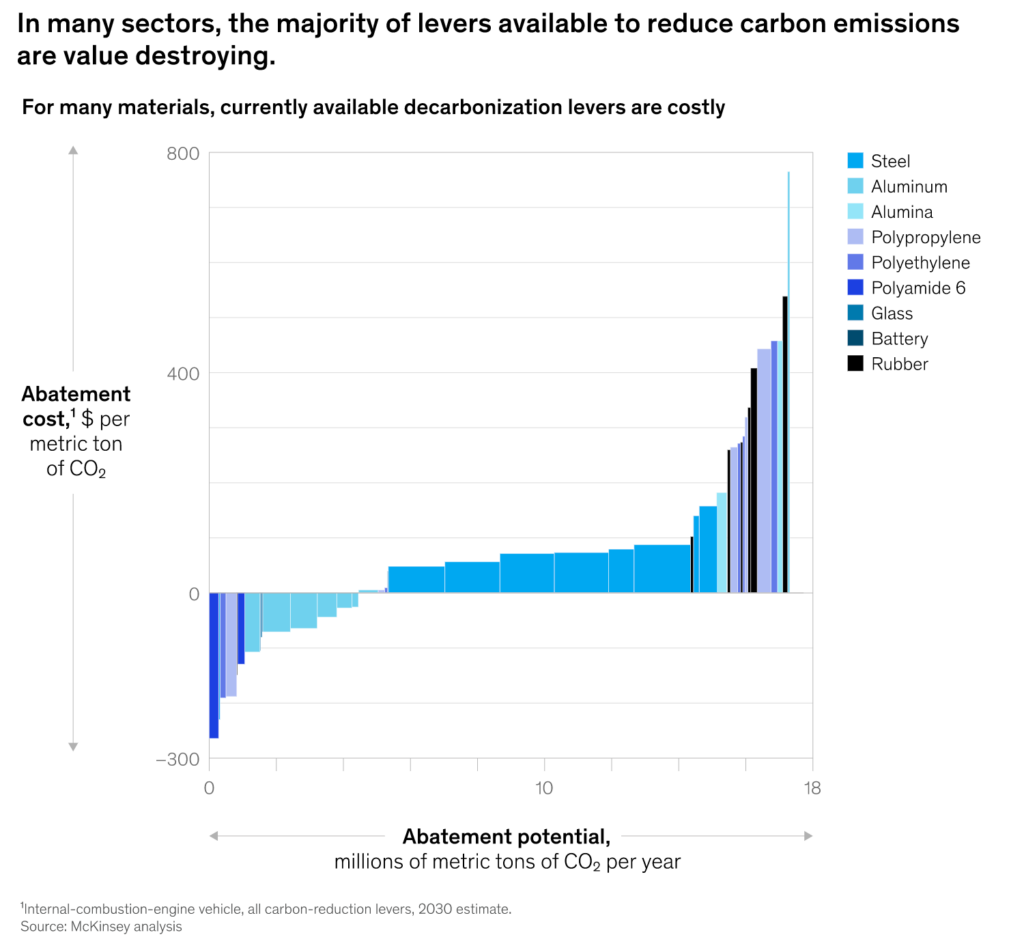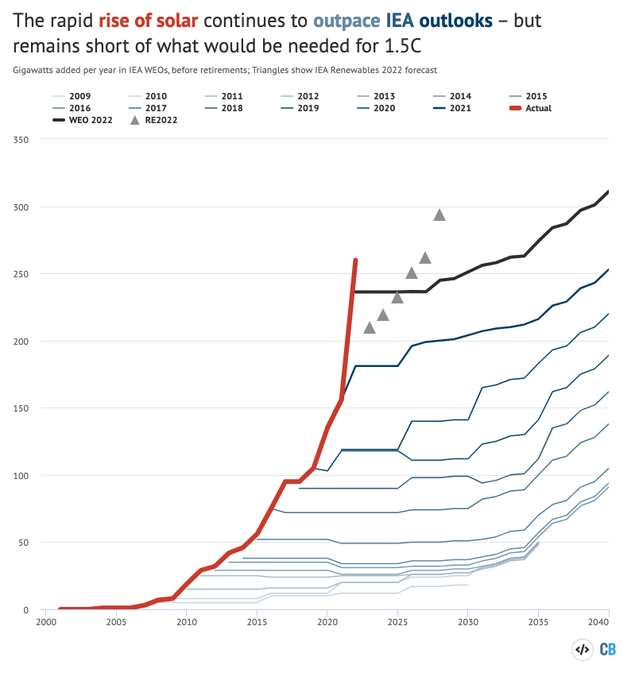
One question that we have received lately, which caused us a little pause, is around the moral hazard of carbon removal. People here at Planetary have made a choice to fight against climate change and generally we agree with the IPCC that carbon removal is necessary. However, we feel it’s a good idea to reflect on the question “Should you be doing carbon removal at all?” Here is our answer. Of course we welcome your feedback – thank you very much for engaging.
We understand that the moral hazard of carbon removal is that it may be used in ways that slow or prevent carbon emission reduction. This would be the opposite of what we want – it would accelerate climate change rather than slowing it.
The moral hazard question breaks into two major concerns.
First: we won’t hit our climate targets if any of the following are true:
- If carbon removal is used too extensively on emissions that could be reduced instead, or
- Even worse, if carbon removal is used in ways that hide and distract from required actions, or
- Even worse still, if carbon removal is used as greenwashing so that organizations can continue to emit carbon at high rates.
The second concern is that if resources that could more effectively be used for emissions reductions, like renewable energy, are redirected to carbon removals, it will delay climate action.
On the other hand, the moral imperative of carbon removal, or the reason that we need to remove carbon at all, and really as quickly as we can, has two major components. Based on all the available science we will need a tremendous amount of carbon removal in order to meet any of our climate goals. This is regardless of how quickly we decarbonize. Slowing development of these technologies puts us in extreme jeopardy.
Let’s take the moral imperative first and the moral hazard second.
Unfortunately, we must deploy carbon removal
I know that I speak for our whole company when I say that we wish that carbon removal was not required – that we could hit climate goals on emissions reductions alone. One other person asked “why don’t we just stop emitting!” Unfortunately, due to a lack of real and substantive action on climate until now, that’s no longer our reality. It’s too late to rely solely on emission reduction.
The IPCC report from April 2022 states that temperature rise below 1.5C will require between 30 and 1,090 billion tonnes of carbon removals using engineered solutions, on top of 20-410 billion tonnes from land use – things like planting trees and sea grass – between now and 2100. Even keeping below 2C (the point at which we lose 99% of corals) will require up to 900 billion tonnes of carbon removals with another 250 billion tonnes coming from land use. So we need to do both engineered and “natural” carbon removal.
That’s on top of immediate and rapid emissions reductions – much more rapid than is expected under any policies that are currently implemented. The unfortunate reality is that we are at a point where we need both.
The scale of required removals is mind-boggling – 10 billion tonnes of removals per year in some scenarios, potentially more if emissions reductions continue to lag what is required. To give an idea of how big this is, the oil industry currently moves ~ 3 billion tonnes of “product” each year. That means that carbon removal technologies, which have collectively removed only 65,000 tonnes of CO2 during their very short collective lifetime, need to scale faster than any technology has ever scaled before. The bright spot is that these removals have been growing quickly – at about 150% per year – to reach that number.
We strongly believe, along with the IPCC, that carbon removal is required and that it must be scaled as quickly as the science tells us is safe.
Permanent carbon removals are not greenwashing
The first moral hazard relates to “greenwashing” – avoiding emissions reductions directly or indirectly as a result of carbon removals. We have two perspectives on this hazard – scientific and economic.
Scientifically, our form of carbon removal is a “ high quality removal”. This means that when it’s performed with a full lifecycle analysis from cradle to grave, the net removal amount is pulled directly from the atmosphere and is stored for much longer than the lifetime of CO2 in the air. Ultimately this means that, unlike an offset or a low-permanence removal (like many biological climate solutions), the removal is equivalent to the emission. It directly nets it out on a 1:1 basis. As such, performing the removal with proper reporting (such as our MRV) cannot be purely greenwashing – the removal is the same as not emitting in the first place.
Emissions reduction is still absolutely required
Given that, is it possible to continue our emissions as they are, and simply use carbon removals to meet our climate goals? Theoretically, yes! But practically? Absolutely not. Primarily due to the scale of the challenge.
While the oceans are the largest carbon reservoir on earth, holding ~ 88% of our surface carbon, it’s still unlikely that at maximum implementation, OAE processes like ours could exceed 10 Gt/y drawdown. And even that scale of removals would be impractically large, to the point of impossibility. With 2019 emissions topping 59 billion tonnes, even a worldwide cooperative effort to pour every available resource into various forms of carbon removal wouldn’t come close to handling the entire problem. Carbon removal is a required piece of the puzzle, but practically, rapid and significant reductions in emissions will still be our primary tool in the fight against climate change..
Economics of carbon removal will drive the right behavior
The second perspective is economic. If radical emissions reductions are required, and carbon removals are equivalent to reductions, how can we ensure that removals are used only for those emissions that cannot be reduced otherwise and keep the pressure on emissions that can be reduced? We believe that this is where costs come into play. At the moment, and well into the future, durable removals will cost far more than most emissions reductions actions. Taking our process for example, in the R&D phase, our removals cost well over $2,000/t when taking all of the scientific work into account. As the process matures, we expect to see cost reductions into a range of below $250/t within this decade, and below $100/tonne at full scale, many years in the future. This is an ambitious cost curve, and one that compares well to other forms of permanent carbon removal.
What this means is that removals only make sense where the cost of reductions are higher than the cost of removals. These situations are relatively rare. The graph below shows what’s called the “abatement curve”, or the cost of carbon removals vs the amount of carbon that would be abated, for a hypothetical auto manufacturer.

If we draw a line across the graph at $250/t, we see that removals only make sense for 3 Mt/y out of a total of 18 Mt/y for this large emitting company. Even at $100/t, that number only grows to 4 out of 18. Economically, it’s unlikely to ever make sense for “low hanging emissions” to be removed.
Purchases from catalytic buyers like Shopify are an accelerant for the industry: their purchases act as grants to carbon removal companies like Planetary, so we can scale the technology and achieve cost reductions that make it economically viable to remove hard to abate emissions. One reason it isn’t a straight grant is that being forced to deliver carbon removals instills in all their portfolio companies the discipline to effectively scale the business and hit these cost targets.
Simple grants wouldn’t have the same effect. And wouldn’t bring the same level of scrutiny on the final output from these companies. Shopify demands that we deliver a specific number of carbon removals, it kicks the whole industry into gear – MRV, verifiers, raters, etc., and teaches the whole industry how carbon removal should work across the whole activity chain.
Don’t let carbon removal be an excuse for inaction
But what about the argument of “hiding behind a removal?”
In other words, if Planetary and other companies create carbon removal technologies, some actors – politicians, oil and gas companies, existing carbon heavy industries like steel – may hide and claim that emissions reductions are not necessary.
Our world is built using fossil fuels and using other high carbon technologies to create value. This isn’t surprising. The use of fossil fuels has created a world of abundance in many regards – we can easily drive long distances to see friends and family, modern steel and concrete enables us to create durable buildings, and we don’t need to cut down forests to heat our houses.
It’s natural for the many companies and people who have created their livelihoods based on the status quo to hesitate to change when a fundamental problem has been identified. We need to help them to change as quickly as possible.
Many organizations are changing; too many aren’t. And some people and companies will probably use carbon removals as an excuse to maintain the status quo.
We can’t control what these people will say, but we can all call out anything that is false.
If anyone says that emissions reductions are not required, we need to counter that narrative with facts: yes they are required. We need to bring pressure to bear so they reduce their emissions. We need to work together to hold them to account.
They will naturally be motivated to continue the way things are. However, the only way to change the situation is to bring constant pressure to bear. Carbon emitters will find excuses until the pain of changing their behavior is more than the benefits of not changing. If carbon removal isn’t their excuse, it would be something else.
We shouldn’t slow down the carbon removal movement because some will use it as an excuse.
Could we better deploy resources than on carbon removal?
The second moral hazard relates to “leakage” – that resources, most notably renewable energy – will be redirected from emissions reductions to removals. This is a challenge that might arise at scale. Carbon removal takes energy – CO2 is near the “bottom of the entropy mountain” and so capturing it and storing it is energy intense. Most carbon removal pathways require between 1 and 3 MWh/t CO2 removed, and most of those pathways rely on clean renewable electricity for the bulk of that energy in order to hit net carbon removal. That’s a lot of energy!
So why remove carbon? Here, we need to return to the moral imperative of carbon removal and the costs of abatement. Since carbon removal is required to hit our climate goals, then some portion of renewable energy must be allocated to it. But if it’s cheaper to use renewables to reduce emissions than it is to remove emissions, the economics will likely dictate a proper proportional allocation of that energy to reductions more than than removals. That’s the way our market economy works.
The good news is that renewable energy deployment is growing far faster than predicted. The graph below compares the actual growth in solar, for example, against the International Energy Agency’s predictions.

We know that renewable deployments need to grow even faster to hit our decarbonization goals, but every carbon removal pathway makes a bet that renewable energy supply will eventually make these processes viable at scale. With continued exponential growth in deployment, we think this is a decent bet.
We must act now to begin removals
The urgency of the climate crisis means that we simply can’t wait to develop these solutions. You probably remember the 40+ degree heat in the summer of 2022, and then the drought, then the floods that followed. Climate change is happening now, faster than we all hoped. While we cannot move more quickly than the science tells us is safe, we also can’t wait for perfect economic and infrastructure to be in place to begin scaling carbon removals.
It will take us years to reach the scale where we will have a substantial impact on climate change. But we can’t wait. We need to start now. We simply don’t have time.
